STA1100: Probability, Random Variables, and Time Series Assignment
VerifiedAdded on 2022/07/28
|6
|703
|25
Homework Assignment
AI Summary
This homework assignment provides solutions to a statistics assignment (STA1100), covering various topics in probability and statistics. The assignment addresses key concepts such as probability definitions, including classical, empirical, subjective, and axiomatic probability, and applies these to coin toss scenarios. It also explores random variables and their expected values, along with the Central Limit Theorem and its implications for sample means. Furthermore, the assignment delves into statistical estimation, differentiating between point and interval estimators. It clarifies the differences between regression and correlation, explaining their roles in analyzing relationships between variables. Finally, the assignment discusses time series analysis, outlining its components and applications in predicting future values based on historical data. The provided solutions include detailed workings, formulas, and references to support the answers.
1 out of 6
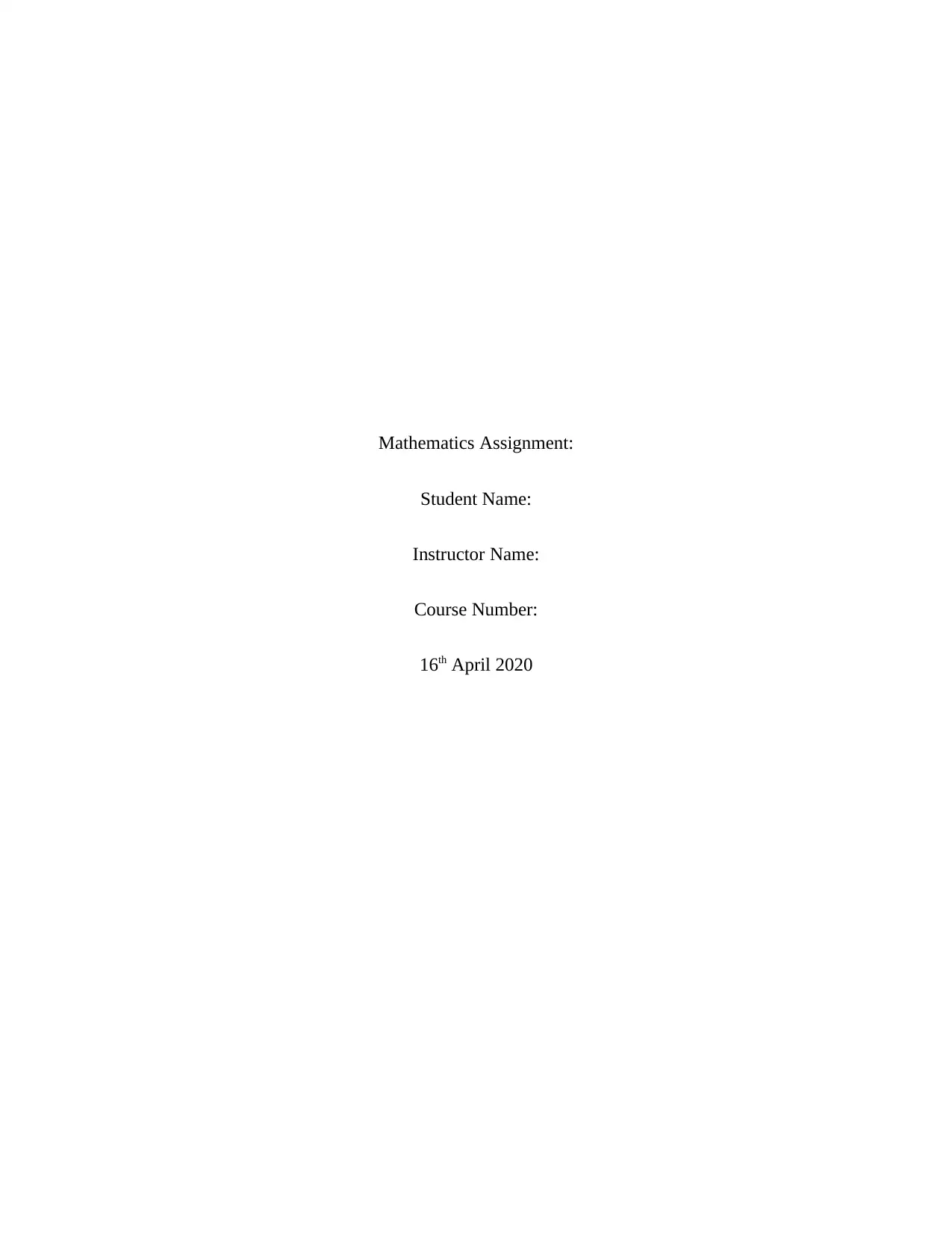
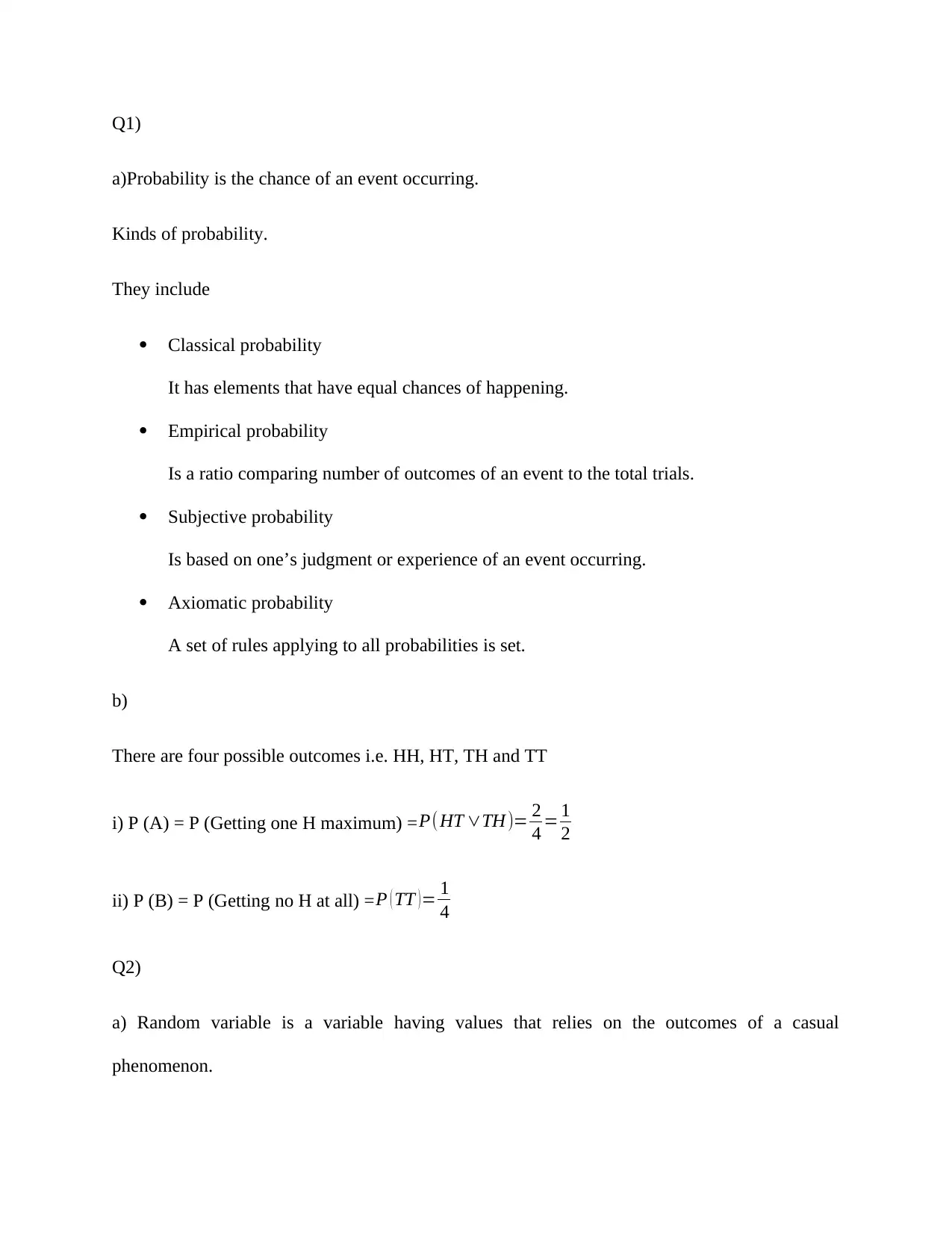
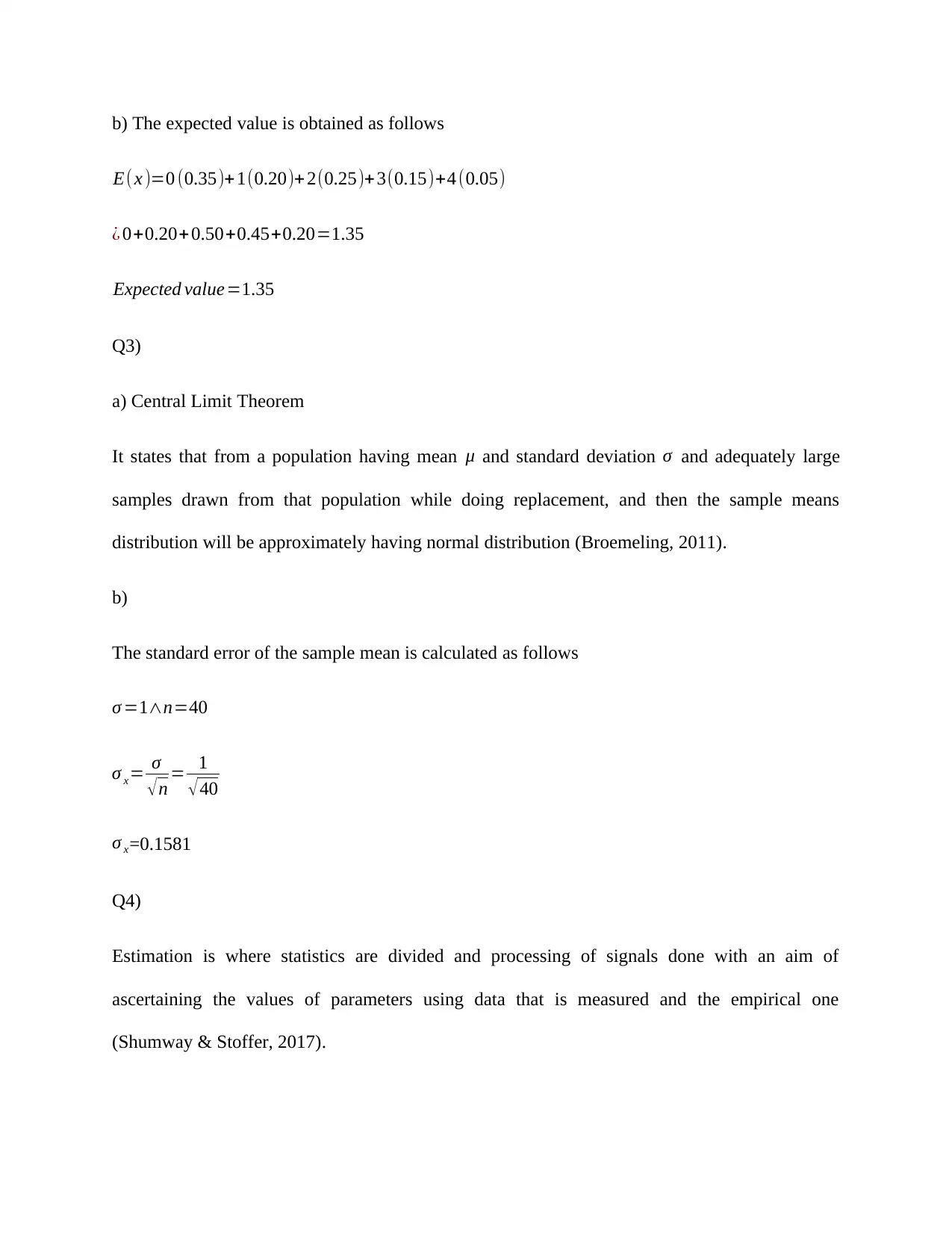

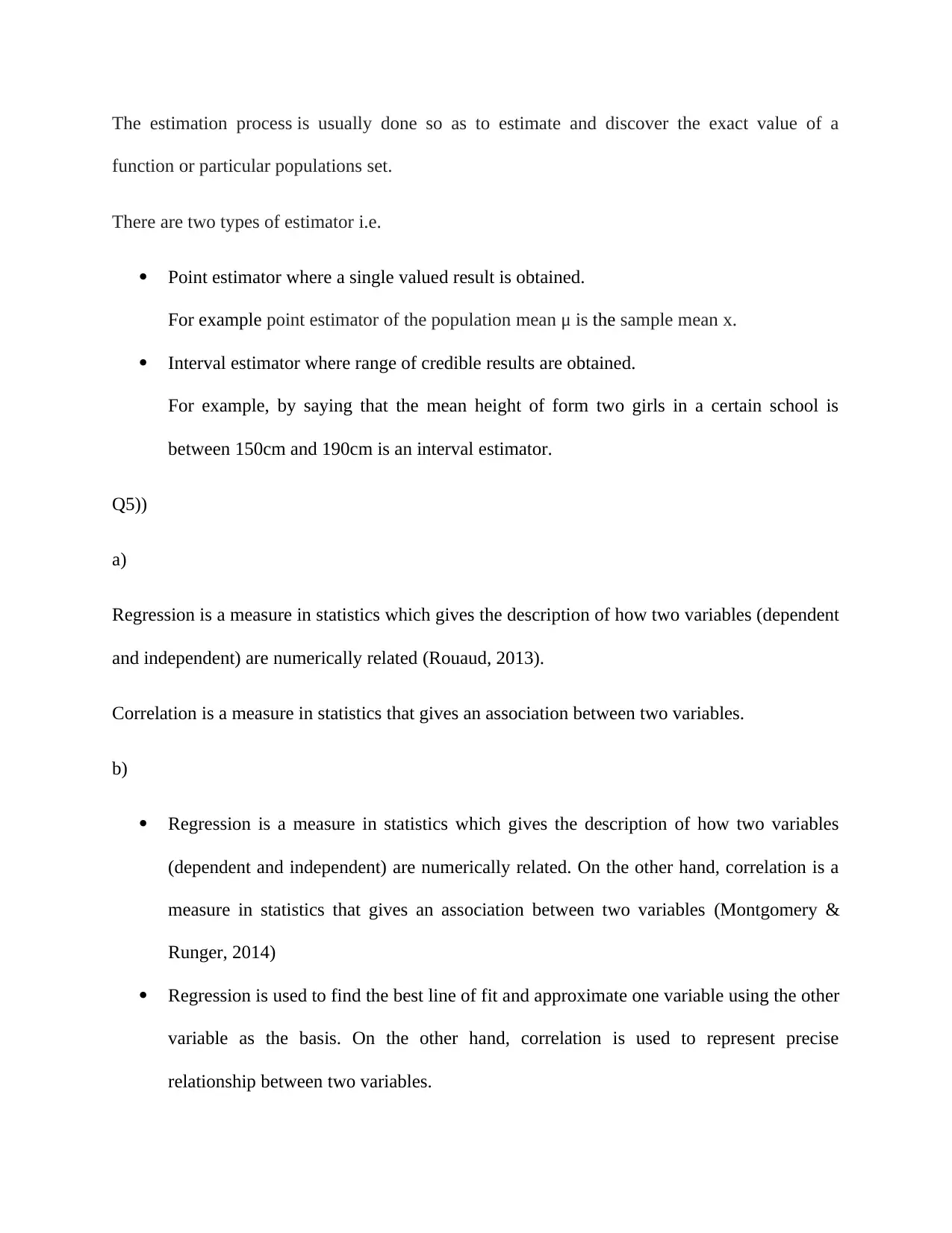
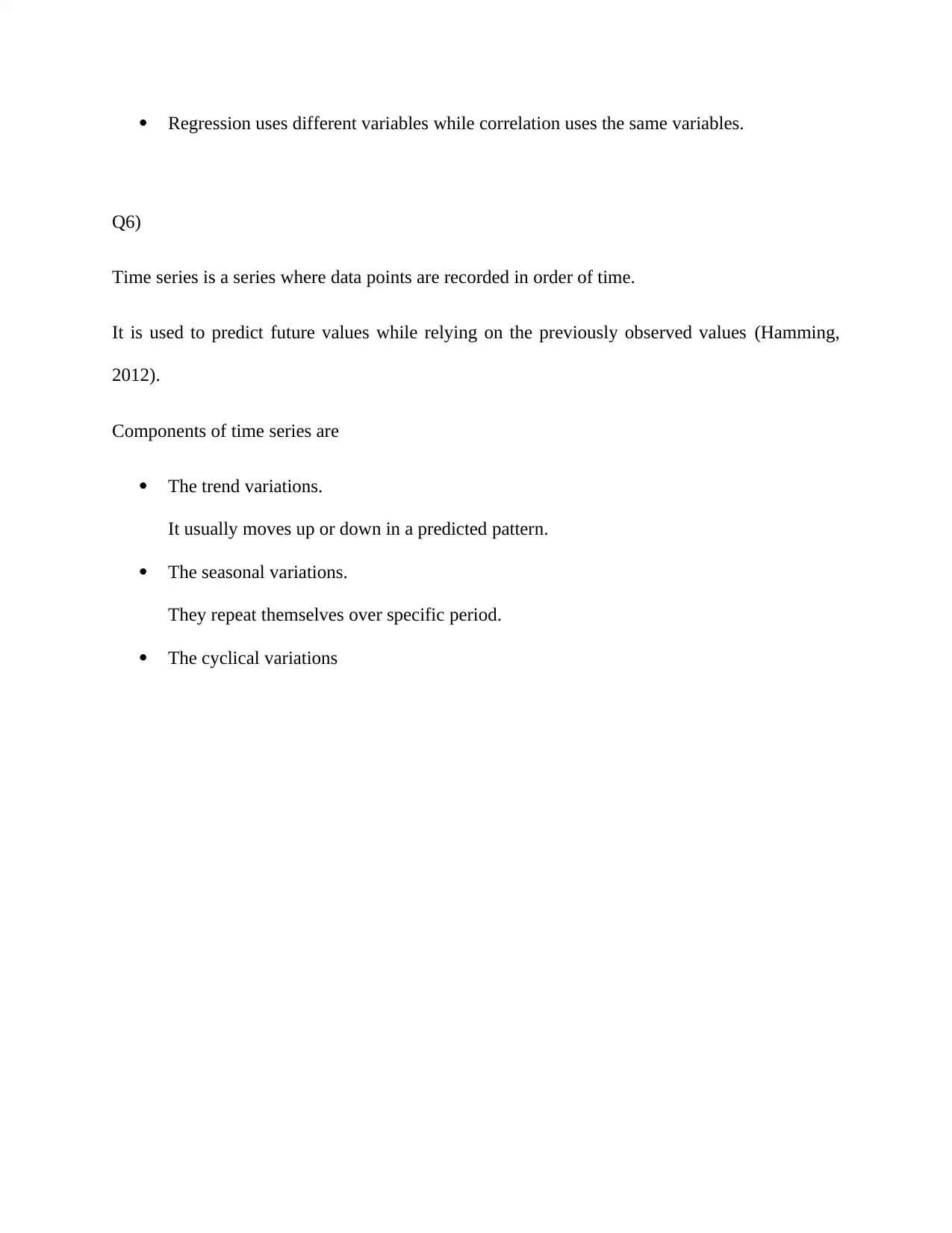
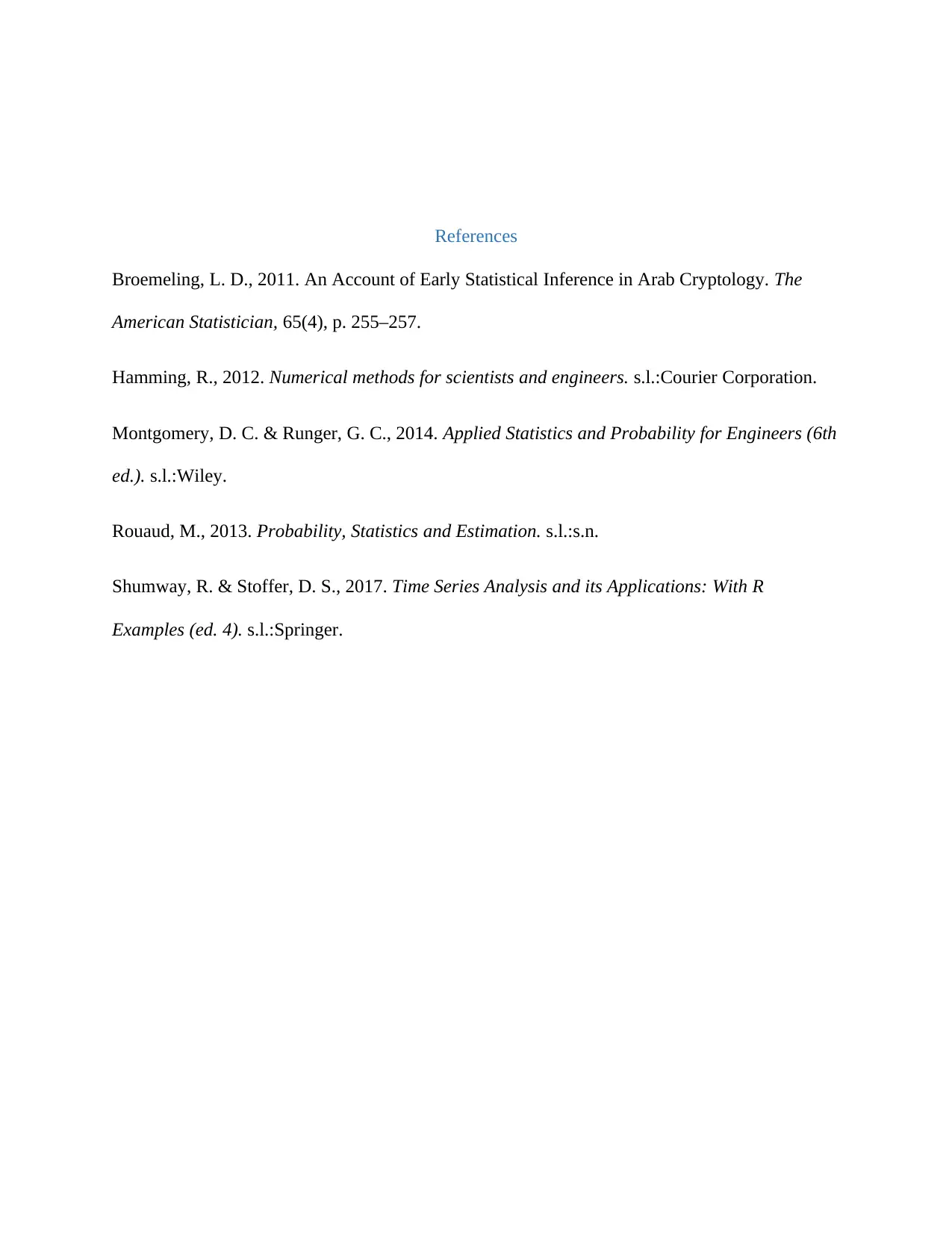






![[object Object]](/_next/static/media/star-bottom.7253800d.svg)